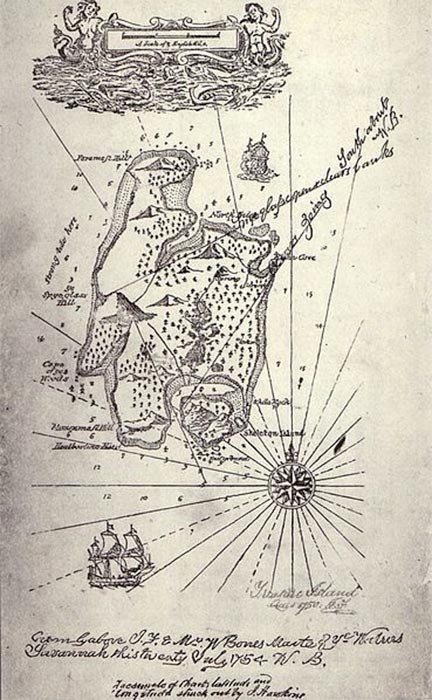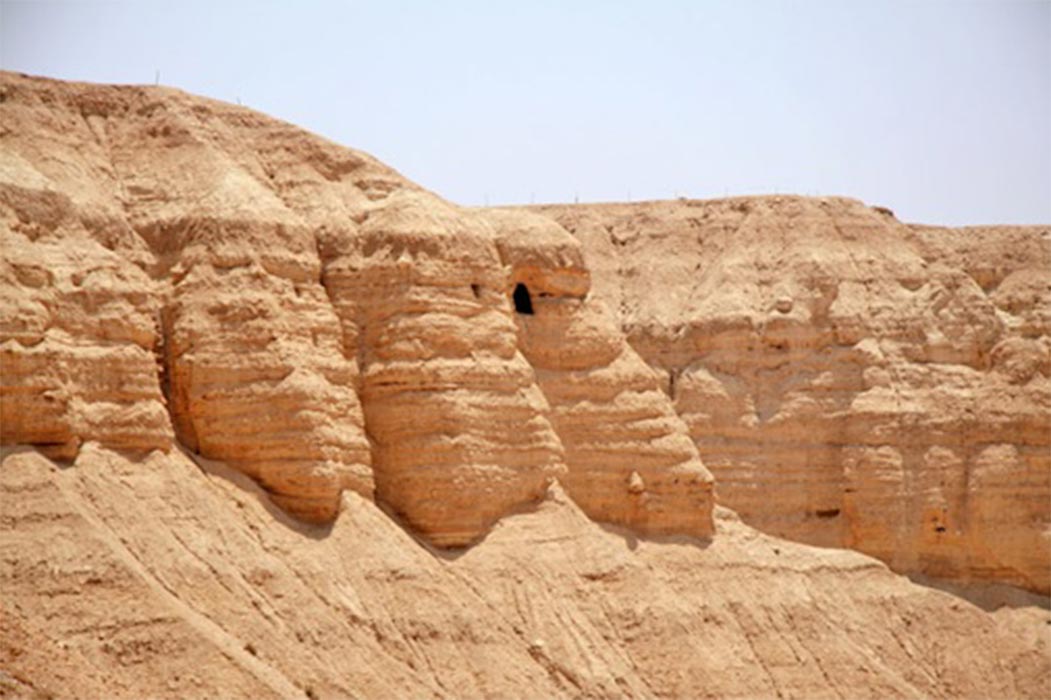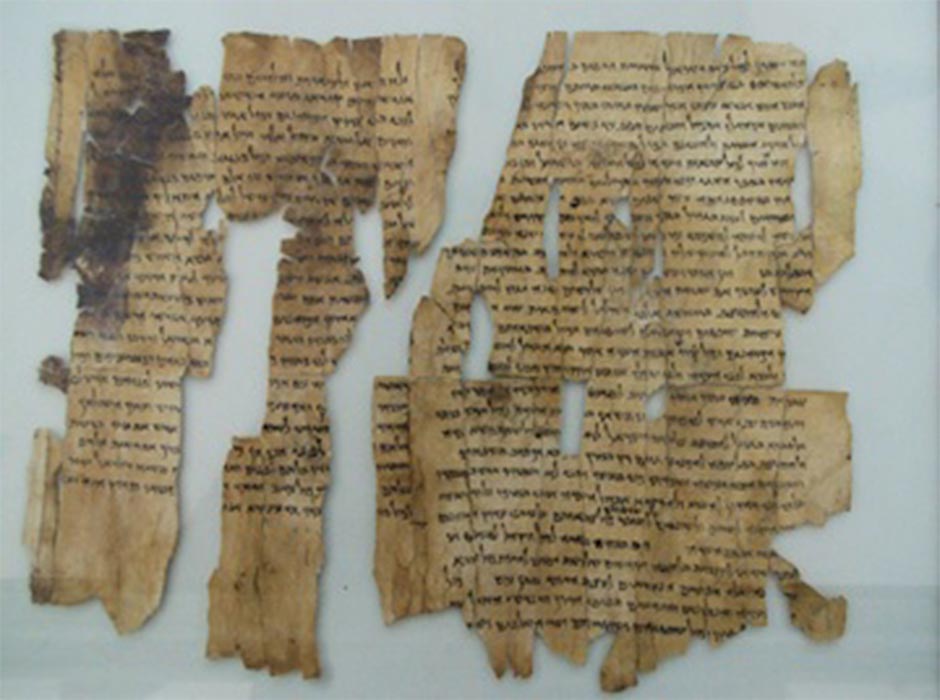
Where X Marks The Spot: Rare Ancient Treasures, Codes and Cryptic Clues
Treasure legends sometimes have a kernel of truth, but are then exaggerated, embellished and transformed, told over and over again until the facts fade and leave only fantastical tales, but look hard enough and relics of the truth may rarely be found. This is the innermost belief of certain diehards who search for lost ancient treasures, decoding symbols, lines, codes and notes on maps, often scribbled in mysterious languages, while they dedicate their lifetimes to overcoming obstacles, obsessing about what might be the hidden “where X marks the spot”.

Perhaps the epitome of fictional treasure maps, created by Robert Louis Stevenson and published in ‘Treasure Island’. From the first German edition in 1883, ‘where the X-marks the spot’ archetype was born. (Public Domain)
While fiction is awash with treasure maps, in real life, archaeologists and historians have only ever found a handful of texts, scrolls, carvings and maps that can be considered as probably authentic, and the following three examples are not without controversy, each one having its hardcore of believers and skeptics.
Following the Copper Scroll
In 1952 a team of archaeologists began excavating caves near Khirbet Qumran in the Dead Sea area near the Israeli settlement and kibbutz of Kalya, where they discovered the famous ‘Dead Sea Scrolls’, rolled up inside pottery jars. On March 14, 1952, the Copper Scroll was found in a wall of Cave 3. While it is considered as one of the Dead Sea Scrolls, this unique scroll was crafted on copper and tin in the Hebrew Mishnaic dialect language, dating to before the Bible. Finding such a rare scroll is the real deal when it comes to treasure hunting, but the scroll itself contains clues to the locations of 63 gold and silver treasures buried around the Holy Land.

The Qumran cave where The Copper Scroll was discovered is an archaeological site in the West Bank located on a dry marl plateau about 1.5 km (1 mile) from the northwestern shore of the Dead Sea. (CC BY-SA 2.5)
Hundreds of experts have attempted to date the Copper Scroll, for example, on paleographical grounds, Dr F.M. Cross estimated it had been created between 25-75 AD, while W.F. Albright suggested 70–135 AD. What is more, scholars all have opinions as to the fate of the 63 treasure hoards mentioned in the scroll. Many believe at least some of the treasure would have been found by Romans or other looters. However, the academic community generally agree that the value of the accumulated hoards would be staggering if found, and it would certainly be considered one of the greatest archaeological treasure finds of all time.

Dead Sea Scrolls (CC BY-SA 2.0)




